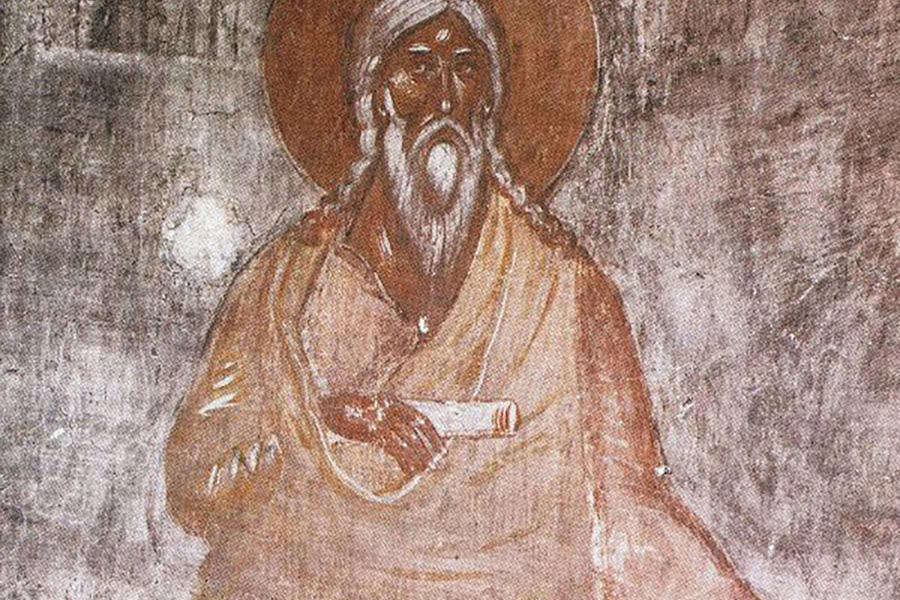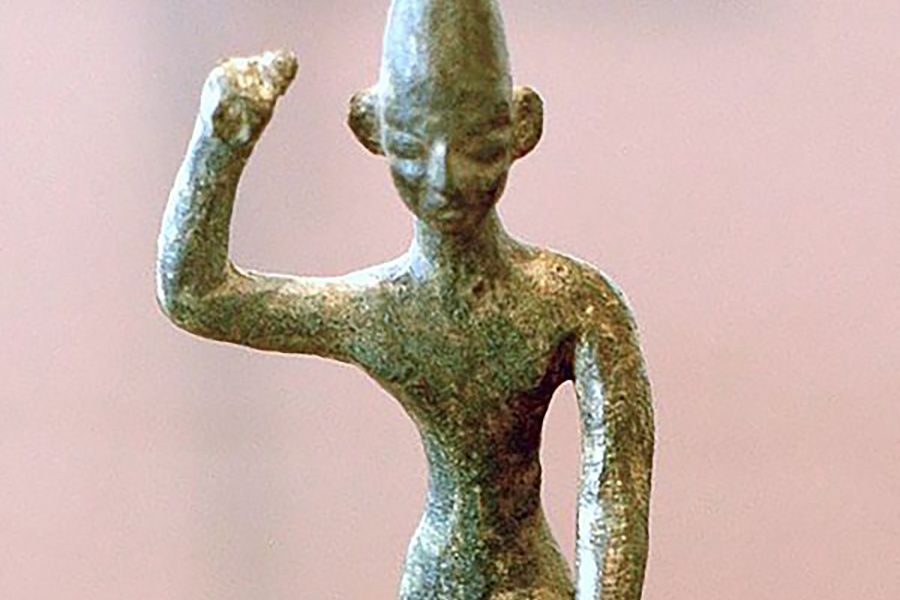The word shat (𐤔𐤕) or “Seth” is associated with two meanings. The first meaning is that of “buttocks” meaning the end or extremity of anything, especially the thicker, larger, or blunt end considered as a bottom, base, support, or handle, as of a log, fishing rod, or pistol.
The last association of the word is the set-apart 𐤁𐤍 (ban) of 𐤀𐤃𐤌 (Adam) and 𐤇𐤅𐤄 (Khauah) / 𐤇𐤉𐤄 (Khayah). His line was followers of the Most High, 𐤉𐤄𐤅𐤄 (Yahauah) / 𐤉𐤄𐤉𐤄 (Yahayah), compared to his older brother, 𐤒𐤉𐤍 (Qayan). Also, his name is spelled the same as the word representing sixth for numerical value. It is believed that his name is connected to 𐤔𐤉𐤕 (shayat) which means to appoint or to set, in his case, he was set apart.
Extended Study for 𐤔𐤕 (shat)
To read the study guide entry that elaborates on 𐤔𐤕 (shat) then join our Extended Study Membership at https://www.paleohebrewdictionary.org/extended or use phdict.org/extended to share a short link with others.





